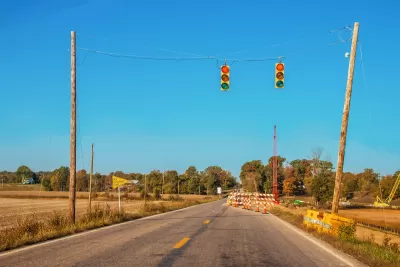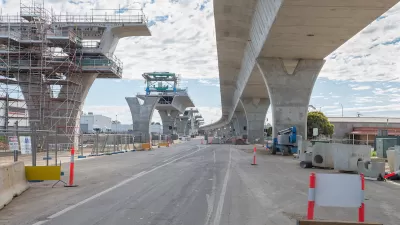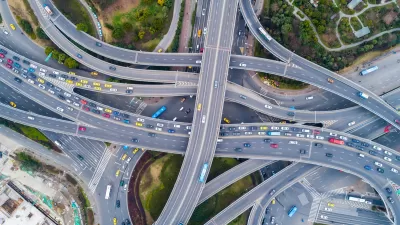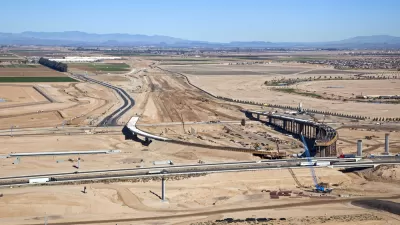This is a largely unintended consequence of states with lower populations and resources focusing on repairing existing roads and infrastructure rather than expanding and building new roads.

There’s a difference in how urban and rural areas invest in their transportation infrastructure — and it’s not what you might think.
According to a report from Transportation for America, “Rural, conservative states seem to be pushing through projects that will yield less carbon emissions in the long term compared to their more progressive urban counterparts.”
As Benton Graham explains in Bloomberg CityLab, this is due to the fact that rural areas are by and large investing in maintenance and repairs of existing roads and infrastructure rather than expansion projects. “Based on projects that have been funded through the bipartisan infrastructure law so far, the report concludes that states like Montana, North Dakota and Wyoming will see a net reduction in emissions compared to the pre-IIJA baseline because they have invested big chunks of their infrastructure money toward simply fixing their existing roads with resurfacing projects.”
Even in states where lowering carbon emissions is not a priority, low populations mean there’s little demand to expand roadways. Meanwhile, some highly urbanized states continue to invest in highway expansion in lieu of other solutions to congestion. “While Florida and Texas fare the worst in future emissions rankings, California is also in the bottom six, and its infrastructure reflects that.”
FULL STORY: The Urban-Rural Divide Over Highway Expansion and Emissions

Planetizen Federal Action Tracker
A weekly monitor of how Trump’s orders and actions are impacting planners and planning in America.

Maui's Vacation Rental Debate Turns Ugly
Verbal attacks, misinformation campaigns and fistfights plague a high-stakes debate to convert thousands of vacation rentals into long-term housing.

Restaurant Patios Were a Pandemic Win — Why Were They so Hard to Keep?
Social distancing requirements and changes in travel patterns prompted cities to pilot new uses for street and sidewalk space. Then it got complicated.

In California Battle of Housing vs. Environment, Housing Just Won
A new state law significantly limits the power of CEQA, an environmental review law that served as a powerful tool for blocking new development.

Boulder Eliminates Parking Minimums Citywide
Officials estimate the cost of building a single underground parking space at up to $100,000.

Orange County, Florida Adopts Largest US “Sprawl Repair” Code
The ‘Orange Code’ seeks to rectify decades of sprawl-inducing, car-oriented development.
Urban Design for Planners 1: Software Tools
This six-course series explores essential urban design concepts using open source software and equips planners with the tools they need to participate fully in the urban design process.
Planning for Universal Design
Learn the tools for implementing Universal Design in planning regulations.
Heyer Gruel & Associates PA
JM Goldson LLC
Custer County Colorado
City of Camden Redevelopment Agency
City of Astoria
Transportation Research & Education Center (TREC) at Portland State University
Jefferson Parish Government
Camden Redevelopment Agency
City of Claremont





























